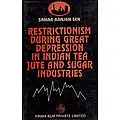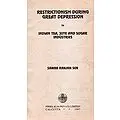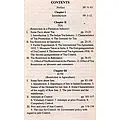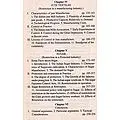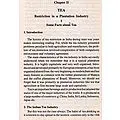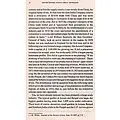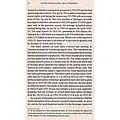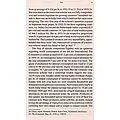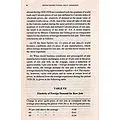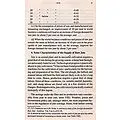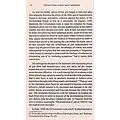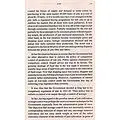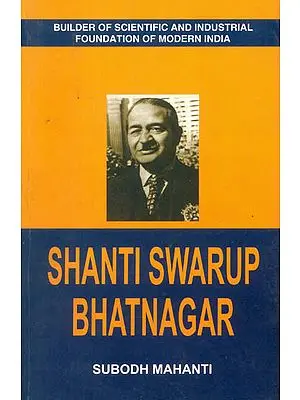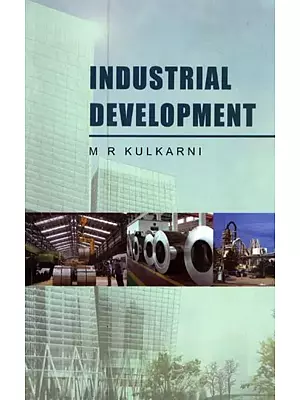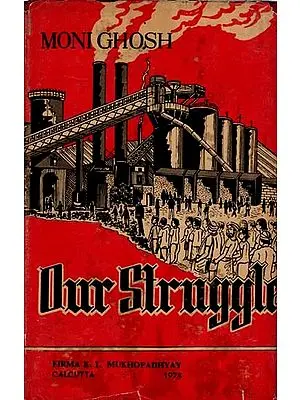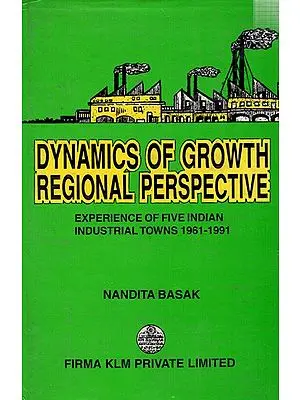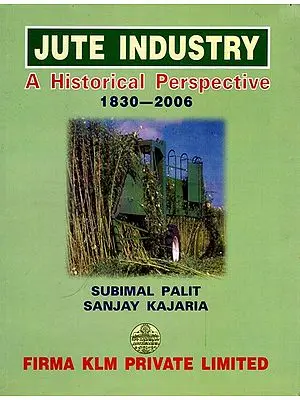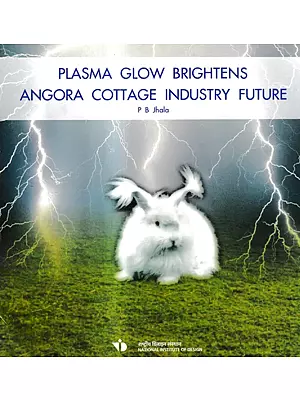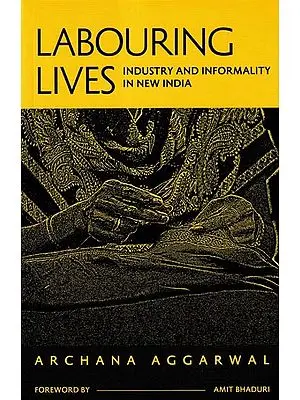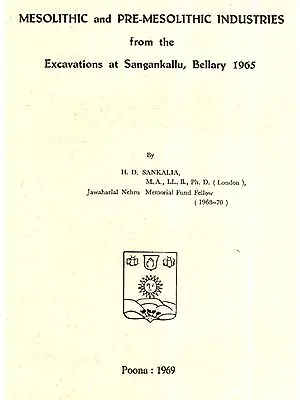Restrictionism During Great Depression in Indian Tea, Jute and Sugar Industries (An Old and Rare Book)
| Express Shipping: Guaranteed Dispatch in 24 hours |
|
| Item Code: | HAX904 |
| Author: | Samar Ranjan Sen |
| Publisher: | Firma KLM Private Limited, Calcutta |
| Language: | English |
| Edition: | 1997 |
| ISBN: | 8171020682 |
| Pages: | 262 |
| Cover: | HARDCOVER |
| Other Details | 8.5x5.5 inch |
| Weight | 370 gm |
After the Prosperity of 1920s came the Great Depression of the 1930s. There was prolonged excess of supply over demand worldwide for a number of commodities. Economic Restrictionism was tried in many countries including India.
This book is a study in economic history of that period. It should prove useful if and when another prolonged excess of supply over demand recurs in the future.
Dr. S. R. SEN is a Fellow of the London School of Economics. Former- ly, he was inter alia Economic & Statistical Adviser, Planning Adviser and Member, Commission on Centre State Relations, Government of India; Chairman, Committee on Agricultural Productivity in Eastern India and North Zone Board of Directors, Reserve Bank of India; Executive Director, World Bank U.S.A.; Chair- man, International Food Policy Re- search Institute and President, Inter- national Association of Agricultural Economists.
The present work is basically a study in Indian economic history and aims at studying in some detail four of the most important restriction experiments carried out in India during the great Depression. The history of these experiments is of particular interest to the student of applied economics. In the first place the very background, that of the Indian economy which is a strange combination of the primitive and the modern, is itself very interesting. Secondly, each of these four restriction industries viz, tea, jute, jute textiles and sugar is a representative type and presents the problem of restriction from a fresh angle of vision.
The Indian tea industry, for instance, is a typical plantation industry--an outstanding example of large-scale farming organised on modern capitalistic lines, Restrictionism in tea has involved problems of international control of marketing as well as internal control of production. And the enforcement of the policy partly by statutory measures and partly by voluntary agreement has raised issues which are of great practical importance.
Restriction in raw jute is a typical illustration of production control in a non-capitalistic agricultural 'industry' where productive units are not only primitive and small-scale, but also numerous and scattered. It also indicates how far restrictionism may be useful as a defensive measure against monopolistic exploitation on the one hand and erratic crop cycles on the other.
The history of restriction experiments in the Indian jute mills typifies the case of restriction in a modern large-scale and highly capitalistic manufacturing industry. It illustrates how the policy of restriction, although highly profitable in the short-period, may frustrate itself in the long run if the productive technique happens to be progressive and the possibility of leakage fairly substantial.
1. The Evolution of Restrictionism.
"When the historian of the future comes to choose a label for our time", observed Professor Lionel Robbins, referring to the inter-war years, "he might well call it the age of Restrictionism." In so far as economic events are concerned, an important feature of the period, 1919-39, was, undoubtedly, the very large number of restriction schemes which were then in operation. Strangely enough a world groaning under poverty diagnosed its cause of distress to be plenty and not scarcity. And so the remedy generally prescribed was an artificial curtailment of supply or what is technically known as "restrictionism".
This, however, was by no means a sporadic or accidental development. The socialistic interpretation that such restriction of supply is but the inevitable consequence of a capitalistic system which has approached maturity is well known. Even those who look askance at such broad generalisations cannot fail to note that it was the working of certain familiar politico-economic forces since the last quarter of the nineteenth century that culminated in the widespread acceptance of restrictionism which was such an important feature of the period under review.
As a matter of fact restrictive tendencies began to manifest themselves in certain manufacturing and mining industries pretty long before the beginning of the present century. When the early industrial capitalism gradually matured into finance capitalism, large aggregates of capital came to dominate the field, the size of units increased, economic opportunity became circumscribed and competition grew more relentless. The revolution in transport facilities induced such changes in the supply of raw materials and marketing of finished goods, and the great progress in technology so affected the units and stages of production, that the concentration movement often tended to become a feature of great structural importance to the new industrial system. There was also a parallel movement towards combination induced by a desire to avoid cut- throat competition and even to establish monopoly. It was, there- fore, no wonder that the cartel movement spread, at first within national boundaries and later extended to the inter-national sphere. This combination of previously independent concerns very often resulted in restrictive monopoly practices which yielded huge profits to the participants. All this is common knowledge and is amply illustrated by the history of the German Potash Syndicate, the Nobel Dynamite Trust, the Royal Dutch-Shell Oil Group, the International Glass Bottle Association, the International Steel Rails Agreement, etc.
-
Q. What locations do you deliver to ?A. Exotic India delivers orders to all countries having diplomatic relations with India.
-
Q. Do you offer free shipping ?A. Exotic India offers free shipping on all orders of value of $30 USD or more.
-
Q. Can I return the book?A. All returns must be postmarked within seven (7) days of the delivery date. All returned items must be in new and unused condition, with all original tags and labels attached. To know more please view our return policy
-
Q. Do you offer express shipping ?A. Yes, we do have a chargeable express shipping facility available. You can select express shipping while checking out on the website.
-
Q. I accidentally entered wrong delivery address, can I change the address ?A. Delivery addresses can only be changed only incase the order has not been shipped yet. Incase of an address change, you can reach us at help@exoticindia.com
-
Q. How do I track my order ?A. You can track your orders simply entering your order number through here or through your past orders if you are signed in on the website.
-
Q. How can I cancel an order ?A. An order can only be cancelled if it has not been shipped. To cancel an order, kindly reach out to us through help@exoticindia.com.
